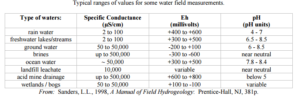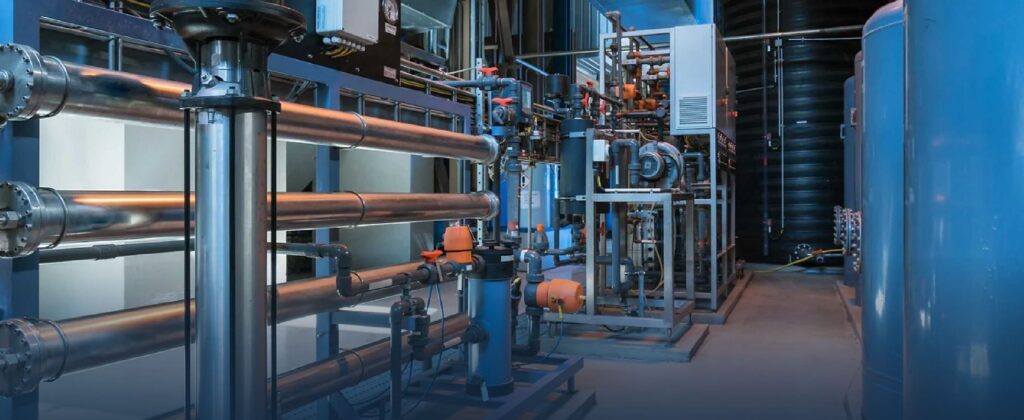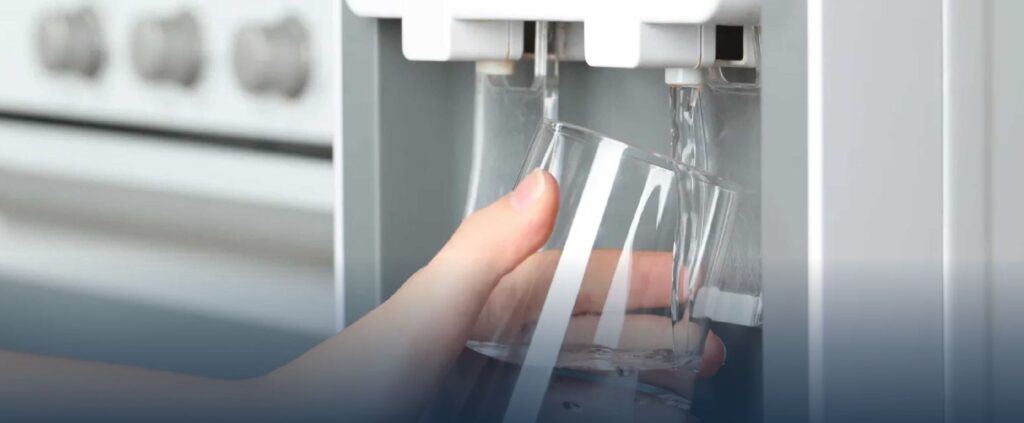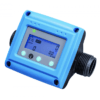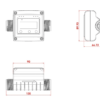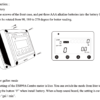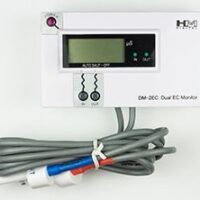Description
Savant Digiflow Combo TDS/Flow Monitor
A Savant Digiflow Combo TDS/Flow Monitor is a useful tool for measuring the total dissolved solids (TDS) and flow rate of water in various settings. This device offers several benefits, including:
Accurate measurements: The Savant Digiflow Combo TDS/Flow Monitor is designed to provide accurate measurements of both TDS and flow rate. This allows users to track changes in water quality and flow over time, ensuring optimal performance and minimizing downtime.
User-friendly design: The device is designed to be user-friendly and easy to operate. It features a clear display screen that provides real-time readings, and its compact size makes it easy to transport and use in a variety of settings.
Versatile: The Savant Digiflow Combo TDS/Flow Monitor is a versatile tool that can be used in a wide range of applications, including aquariums, hydroponics, water treatment, and laboratory research. The device can be used with a variety of water sources, including tap water, well water, and distilled water.
Easy to install: The device is designed to be easy to install and can be set up quickly with minimal effort. It comes with all the necessary hardware and instructions, making it a simple and hassle-free solution for monitoring water quality and flow.
Cost-effective: The Savant Digiflow Combo TDS/Flow Monitor is a cost-effective solution for monitoring water quality and flow. Its affordable price point makes it accessible to a wide range of users, including hobbyists, small businesses, and large corporations.
In conclusion, the Savant Digiflow Combo TDS/Flow Monitor is a versatile and reliable tool for measuring TDS and flow rate in water. Its accurate measurements, user-friendly design, versatility, ease of installation, and affordability make it a valuable tool for a wide range of applications. Whether you are monitoring water quality in an aquarium, hydroponic system, or water treatment plant, the Savant Digiflow Combo TDS/Flow Monitor is a solution that can help you achieve your goals efficiently and effectively.
DigiFlow Combo TDS/FLow Monitor ES 099A
- Manual TDS / conductivity test
- Automatic TDS / conductivity monitor
- Flow rate indicating
- Flow totalizsation
- 1″ BSP connection
- Battery operated, low battery power alert
- Industrial water treatment system
- 3 x AAA alkaline battery operating power
- 3-100 liter/min. /0.8-26.4 gallon/min flow rate
- 0.1-9999.9 x 1000 liters / 0.1-9999.9 x 1000 gallons
- Mounting method : Horizontal to Vertical, the Front Panel can be rotated 90 to 270 degree for better reading
- Connection : 1″ BSP male
- Temperature : 0 to 80ºc
- Working pressure : Max. 1 MPa
- Burst Pressure : 3 MPa
Electrical Conductivity and TDS
TDS or Total Dissolved Solids is a measure of the total ions in solution. EC is actually a measure of the ionic activity of a solution in term of its capacity to transmit current. In dilute solution, TDS and EC are reasonably comparable. The TDS of a water sample based on the measured EC value can be calculated using the following equation:
TDS (mg/l) = 0.5 x EC (dS/m or mmho/cm) or = 0.5 * 1000 x EC (mS/cm)
The above relationship can also be used to check the acceptability of water chemical analyses. It does not apply to wastewater.
As the solution becomes more concentrated (TDS > 1000 mg/l, EC > 2000 ms/cm), the proximity of the solution ions to each other depresses their activity and consequently their ability to transmit current, although the physical amount of dissolved solids is not affected. At high TDS values, the ratio TDS/EC increases and the relationship tends toward TDS = 0.9 x EC.
In these cases the above-mentioned relationship should not be used and each sample should be characterized separately.
Electrical conductivity can be expressed using a number of different units, but the typical unit is siemens per meter2 per mole (S/m2/mole) or millisiemens per centimetre (mS/cm) or microsiemens(µS)
One milli siemens/cm = 1,000 micro siemens/cm or ECs. To convert mS/cm to µS/cm, multiply the reading on the instrument by 1000.
